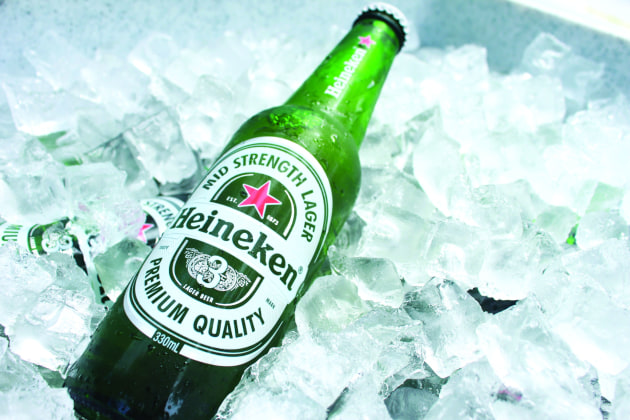The movement towards more mindful food choices has been named the as number one trend for 2018, in a recent analysis of global food and drink launches by Innova Market Insights.
Several trends have established themselves as true driving forces that will only continue, according to Lu Ann Williams, director of innovation at Innova Market Insights, including free-from, high-protein foods, and clean label.
“We are still conscious of protein and clean label,” she says. “But at the same time, we wanted to progress and talk about what comes after that. Those things are never going away, and they are actually really related to things that are happening.
“This whole idea of consumers paying more attention to what they eat is really important in today’s industry, and that’s why our first trend is about the mindful consumer.”
A massive seven out of every 10 US and UK consumers now want to know and understand the ingredient list in food products, Innova says, and 50 per cent of US, UK, and German consumers say they read ingredient labels often.
Also, rising levels of consumer interest in ethical issues have seen the use of ethical claims for food and drink NPD soar in recent years, with a CAGR of 44 per cent over the 2011-2016 period.

Seven out of every 10 US and UK consumers now want to know and understand the ingredient list in food products, according to Innova. Moreover, 50 per cent of US, UK, and German consumers say they read ingredient labels often.
Rising levels of interest in ethical issues have resulted in the use of ethical claims for food and drink NPD soaring in recent years, with a CAGR of 44 per cent over the 2011-2016 period, according to Innova.
The top five trends on Innova's list also include:
- Lighter Enjoyment: Lighter alcohol content, sweetness, flavour, and texture as well as portion size is gaining momentum in food and beverages, according to Innova Market Insights. Driving this is the consumer desire to continue to look for ways to eat and drink lighter and more healthily, yet fully enjoy what they love.
- Positively processed: As consumers become more concerned about the processing their foods endure to make it to the table, techniques perceived as more natural help to provide reassurance. As a result, Innova is seeing the revival of traditional processes, as well as the creation of new ones, that deliver health and taste benefits through more natural means.
- Going full circle: The notion of closing the circle is taking hold in the food industry, in line with greater consumer expectations that companies and brands will be more resource-smart via developments such as tip-to-tail eating, as well as innovative uses for food waste, and more biodegradable and renewable packaging.
- Beyond the coffeehouse: Coffee is clearly trending among millennial and Generation Z consumers, and tea is also seeking to reinvent itself among the younger generations, according to Innova Market Insights.
The focus, according to Innova, is on upscaling premium coffees and teas, and exploiting the growing market for cold-brewed beverages.









